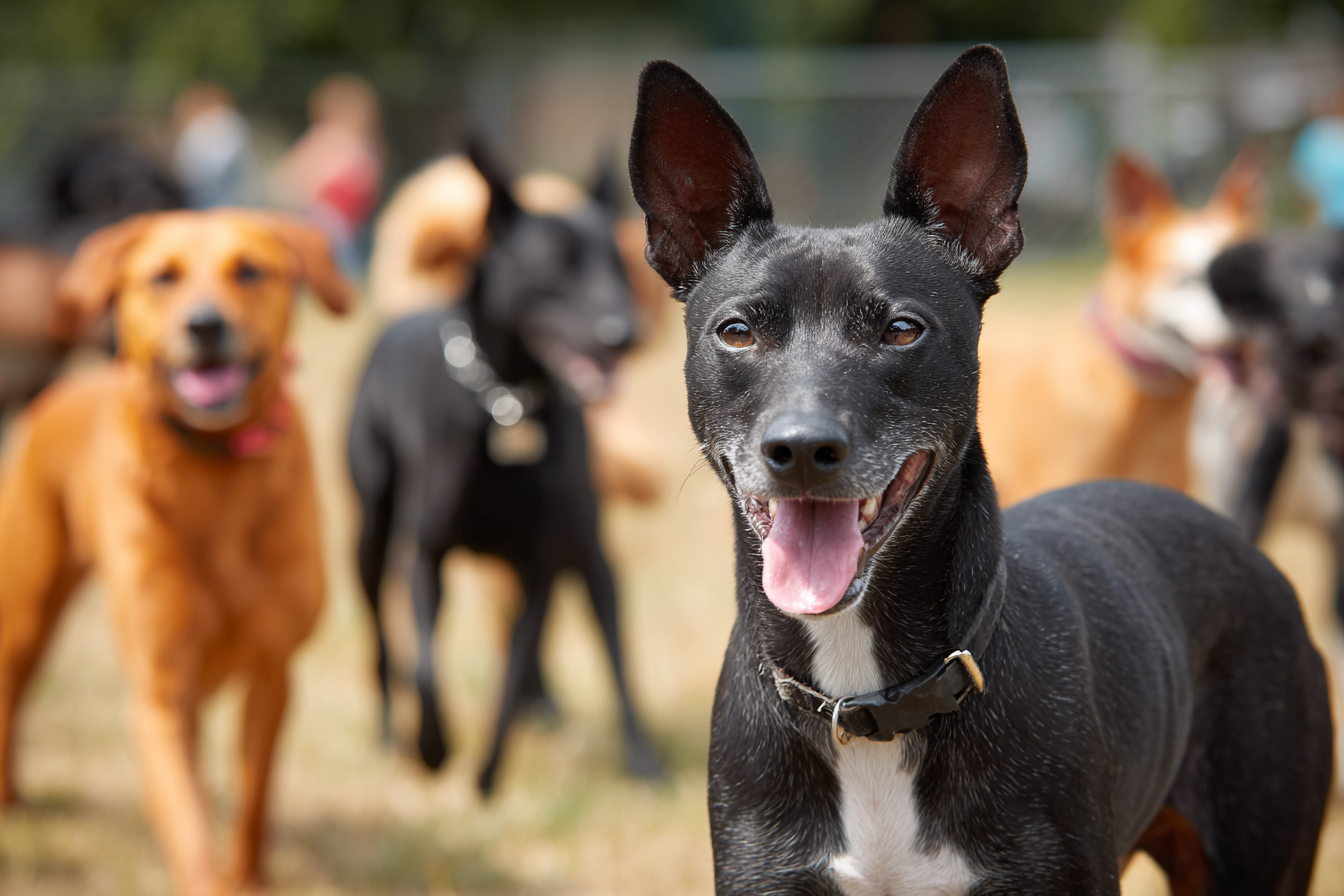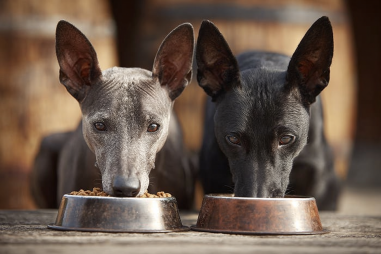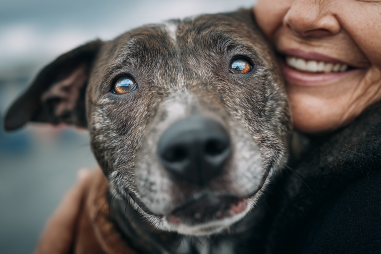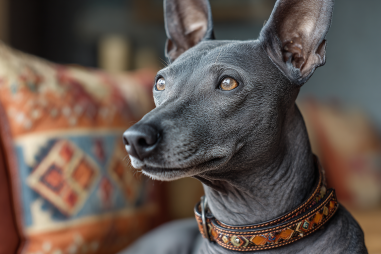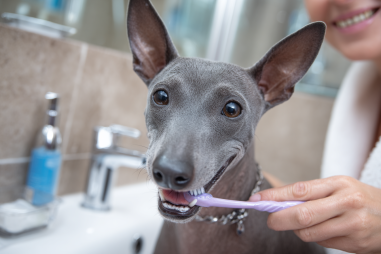Training and socializing your Xoloitzcuintli is an essential part of nurturing a well-adjusted, confident, and happy companion. Known for their intelligence, unique temperament, and ancient lineage, Xolos can become wonderful pets when given the right guidance from an early age. In this article, we explore effective strategies to help you get the best out of your Xoloitzcuintli through consistent training and socialization, fostering positive behavior and building a lasting bond.
The Intelligence and Temperament of the Xoloitzcuintli
The Xoloitzcuintli, often abbreviated as Xolo, is a highly intelligent and alert breed with a calm and loyal disposition. Known for their ancient heritage in Mexico, these dogs have evolved as protective companions, making them both observant and cautious. Their intelligence means they are quick learners, but their independent streak sometimes poses challenges for owners accustomed to more eager-to-please breeds. Typically, Xolos are reserved around strangers but deeply affectionate with their family, highlighting the importance of early and ongoing socialization.
The temperament of a Xolo combines sensitivity with dignity. They respond best to gentle guidance and positive reinforcement. Harsh training methods can easily cause stress or withdrawal, so understanding their unique personality is crucial. When trained properly, their natural curiosity, alertness, and calm demeanor make them excellent watchdogs and loyal family members.
The Importance of Early Socialization
Socialization is the foundation for raising a well-rounded Xoloitzcuintli. Because they naturally tend to be wary of unfamiliar people and situations, early exposure to a variety of environments, sounds, animals, and people is vital. Introducing your puppy to different experiences between 3 and 14 weeks of age helps shape their willingness to interact confidently later in life.
Early socialization helps prevent fearfulness and territorial behaviors that can develop if a Xolo is overprotected or limited in social interactions. This process includes meeting children, adults, other dogs, and even pets of different species. Positive experiences during this critical window prepare your dog to remain calm and composed in new settings rather than anxious or defensive.
Remember, socialization is an ongoing process, not a one-time event. Continually exposing your Xolo to diverse environments and situations throughout their life strengthens their adaptability and emotional stability.
Basic Obedience Training Techniques
Building obedience is the core of effective Xoloitzcuintli training. Due to their intelligence, they typically excel when guided with clear communication and consistent rules. Start with fundamental commands such as “sit,” “stay,” “come,” and “heel.” These commands establish control and provide mental stimulation for your dog.
Training sessions should be kept short, engaging, and fun—usually around 10 to 15 minutes. Use high-value treats or favorite toys as positive motivators to reinforce good behavior. Consistency is key: practicing commands daily will help your Xolo internalize expectations and respond reliably.
Use a calm, firm voice and avoid yelling or punishment, which can cause mistrust. Instead, use praise and gentle encouragement to guide learning. Incorporating play into training sessions promotes a positive association, helping your Xolo look forward to training rather than dreading it.
Handling Stubborn or Independent Behaviors
The Xoloitzcuintli’s independent nature may sometimes feel like stubbornness. They are known to think things through before acting and may resist commands that don’t make sense to them. Patience is essential when navigating these moments.
If your Xolo appears reluctant or distracted, try adjusting your approach by making commands clearer, using more enticing rewards, or breaking down tasks into smaller, manageable steps. Avoid forcing obedience through physical means—it can create fear or resentment. Instead, reward small successes to build confidence and willingness.
Consistency helps diminish independent refusals. Setting firm boundaries and reinforcing them calmly prevents the dog from taking control inappropriately. Establishing a routine where your Xolo understands what is expected minimizes confusion and promotes cooperation.
Strategies for Socializing with Other Pets and Children
Many families welcome Xoloitzcuintlis into homes with children or other pets. Proper socialization ensures harmonious relationships. When introducing your Xolo to other animals or kids, take the process slowly and supervise initial interactions closely.
- Introduce Gradually: Allow your Xolo to observe other pets or children from a safe distance first. Gradually reduce that distance as comfort increases.
- Use Positive Associations: Reward calm, friendly interactions with treats and praise to reinforce good behavior.
- Teach Children Respect: Educate kids on how to approach and handle the dog gently. Respecting the dog’s space prevents negative experiences.
- Allow Safe Spaces: Provide your Xolo with quiet areas where they can retreat if overwhelmed, avoiding stressful encounters.
Each new relationship builds your dog’s confidence and social skills. Encouraging positive experiences not only reduces anxiety but also strengthens family bonds.
Common Training Challenges and Solutions
Training any dog can come with hurdles, and the Xoloitzcuintli is no exception. Some common challenges include:
- Reserved Behavior Around Strangers: Use patience and gradual introductions. Don’t force interaction; instead, let your Xolo approach at their own pace while offering encouragement.
- Distractibility: Begin training in quiet locations and slowly introduce distractions as your dog’s focus improves.
- Resistance to Commands: Reassess motivation—using higher-value rewards or switching activities can renew engagement.
Work through these challenges by maintaining a positive attitude and adapting your techniques when needed. When in doubt, consulting a professional trainer experienced with sensory and independent breeds like the Xoloitzcuintli can provide personalized guidance.
The Benefits of Consistent Positive Reinforcement
Positive reinforcement lies at the heart of any successful training approach for the Xoloitzcuintli. This method involves rewarding desired behavior to encourage its repetition rather than punishing unwanted behavior. Benefits include:
- Stronger Bond: Your dog learns to trust and enjoy training time with you.
- Improved Cooperation: The Xolo eagerly responds because it associates commands with positive outcomes.
- Reduced Fear and Anxiety: Positive reinforcement fosters a calm and confident temperament.
- Long-Term Behavior Change: Reinforcement builds habits that last throughout the dog’s life.
Consistency is crucial—reward immediately and frequently during the early stages, then gradually reduce treats as behaviors solidify. Using praise, petting, and play as rewards can also be effective alongside treats, especially as your relationship grows stronger.
Remember that training is an ongoing journey. By focusing on kindness, patience, and encouraging discoveries, you create a positive environment where your Xoloitzcuintli can thrive and be the best companion possible.
Fostering a Lifelong Partnership
Training and socializing your Xoloitzcuintli may take effort and dedication, but the rewards are immense. This unique and intelligent dog thrives with clear communication, early socialization, and consistent positive reinforcement. By embracing their independent tendencies with patience and understanding, you nurture a sensitive, loyal, and well-mannered companion who is ready to face the world confidently by your side.
Whether introducing basic commands, guiding social skills, or managing challenges, the key lies in building trust and respect. Your investment in these areas not only improves your dog’s behavior but deepens your bond, ensuring a joyful partnership for years to come.

